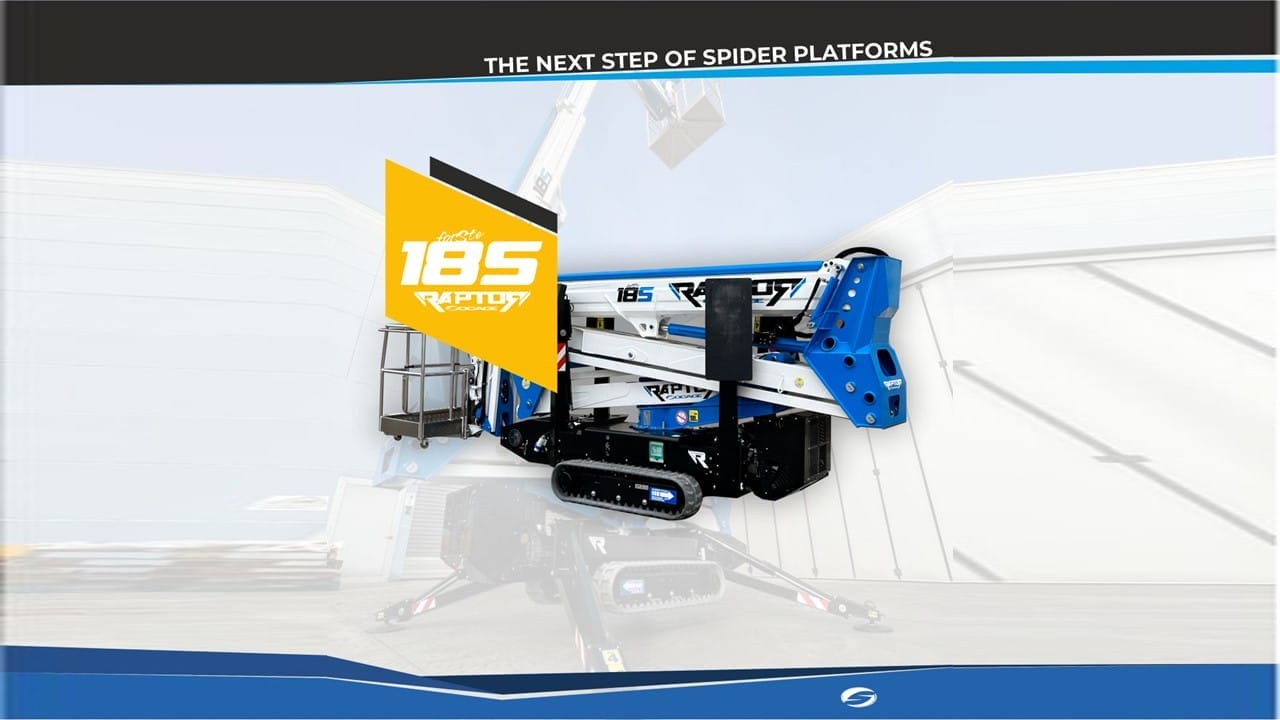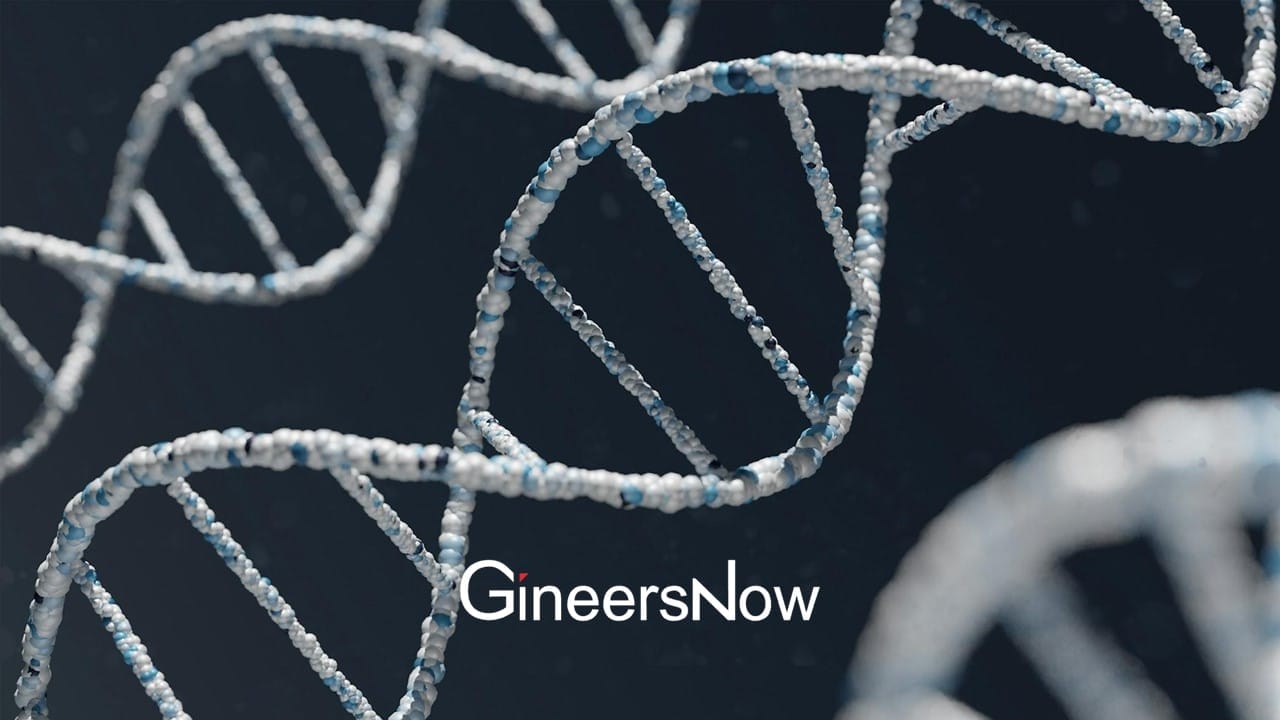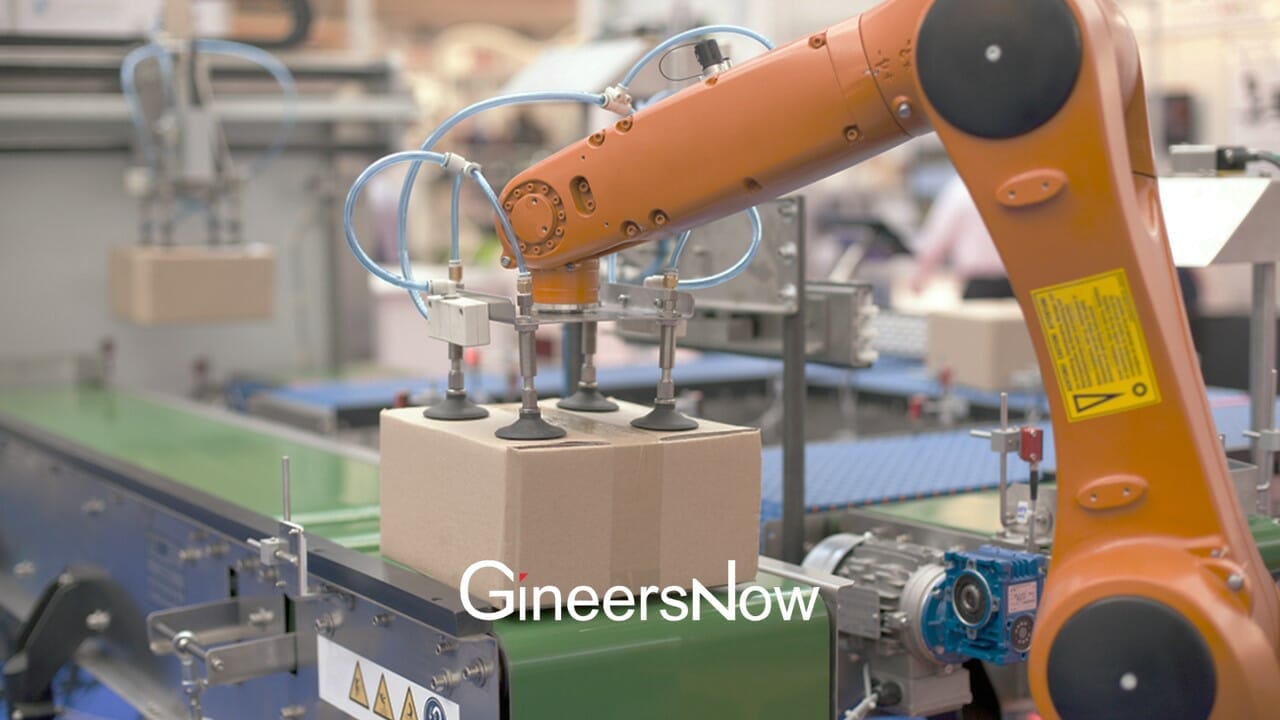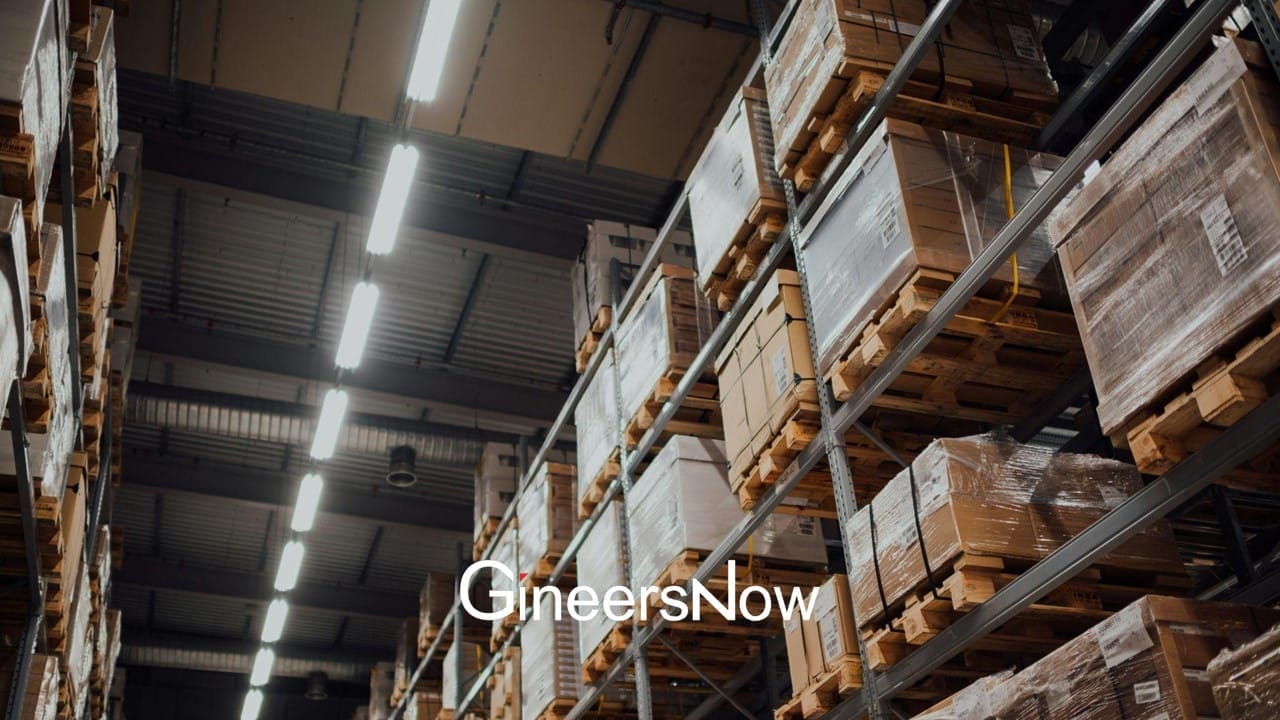Selective laser sintering (SLS) is an additive manufacturing process that enables the production of functional technical components in a variety of materials. However, there have been issues when it comes to the processing of thermoset materials, and that effectively limits its usefulness as a manufacturing process. To counter these issues, there has been much research into a new additive manufacturing process, which combines reactive liquids such as thermoset resins and thermoplastics to generate SLS parts in this mix of materials.
As an additive manufacturing technology, the SLS of thermoplastic powders is carried out by generating components directly from a CAD/CAM model without needing moulds as with many traditional manufacturing techniques. The layer-based nature of selective laser sintering (see Proto Labs sample) allows the generation of highly complex parts in one pass, contrary to techniques such as injection moulding which, while they are optimised for high-volume production and low unit costs, creating large parts calls for expensive mould tools. But while SLS can create parts in a variety of thermoplastic materials, there are times when a thermoset might be appropriate, but these are traditionally difficult to create due to their very nature.

Thermosets are a polymer class of material that is synthetic and strengthens while being heated but cannot be successfully remoulded or reheated after their initial heat-forming. This is in contrast to thermoplastics, which soften when heated and harden and strengthen after cooling. So, even if reduced to a powder, there hasn’t been anyway in which they can be made to melt or sinter together to make a coherent form, so have effectively been useless in terms of 3D printing. However, thermosets represent an interesting material class that have properties between normal polymer materials. Because of this, there has been much research into some means to help create 3D structures from thermosets, and the use of secondary, resinous material is the most likely way of making them work.
The new process is a hybrid one that embraces powder binder techniques and the traditional SLS process which integrates reactive liquids in the construction. These fluid materials can be injected into a conventional SLS powder bed through a micro-valve system and activated with a curing reaction initiated via IR or UV radiation. With the reactive liquid, the thermoplastic powder can be processed as per usual. The multi-component approach allows the thermoset powder to be joined together using the reactive liquid as a form of anchoring cement.

One of the main issues that arise when a process introduces thermoset resins into the SLS process is the time-temperature-dependent curing behaviour of the thermoset and its impact on the process behaviour. There has been huge interest in the actual physics of the process, including the fundamental infiltration behaviour of the powder forms, and the curing properties, as these will determine the final properties of the material.
The reactive liquid must be applied in the correct concentration so as to aid the process and hold the thermoset powder together while not adversely affecting the overall structure. If there is too little liquid the powder may not bind together effectively, and if there is too much it may have an impact on the structural integrity of the final part, and the benefits of using the thermoset in the first place may not be realised.
Furthermore, since a new step has been introduced in the SLS process, there is an impact on the time that it takes to complete each layer of the product. Depending upon the actual size of the component, the slower speed of delivery can add to the processing time significantly. The temperatures of the surrounding powder and exposed components decrease the further away the point of measurement is from the powder surface.

The viscosity of the powder is also a factor in the process and will become a more controlling factor the greater the thermoset particle size. By applying the reactive liquid to the particles prior to application of the laser, the size of the particles and the viscosity of the fluid will dictate to what depth – if any at all – the liquid is able to permeate into the powder, and that in turn will determine whether the particles are able to bind together. If the particles are too small or the liquid too viscous, then there will be little or no penetration and no binding. If the particles are too large or the liquid too water-like, then it will sink through quickly and may jeopardise the structural integrity of the resulting structure. This balance needs to be controlled to a high degree of accuracy if a strong and stable product is to result.
Using the SLS process on thermoset powders raises the possibility of creating a type of material that is strong in its final form, is not so influenced by thermal considerations, and is electrically an insulator – which may be the most appropriate in many applications, and the use of a reactive liquid as a binder, the best means of achieving that.
Selective laser sintering (SLS) in Asia
Selective laser sintering (SLS) in Middle East
Selective laser sintering (SLS) in North America
Selective laser sintering (SLS) in Europe
Selective laser sintering (SLS) in Africa














